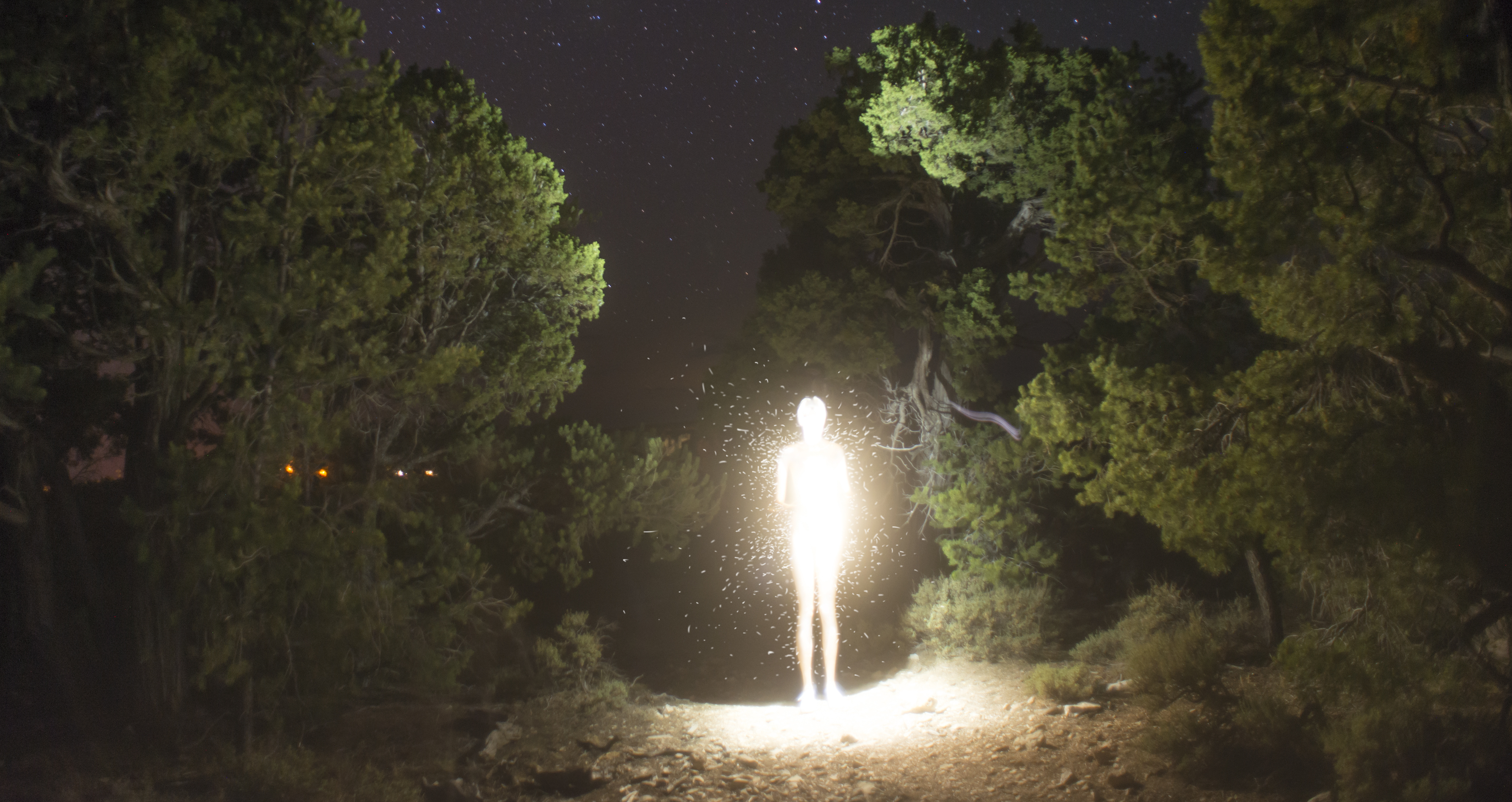Why Alien Life Might Literally Glow

Credit to Author: MJ Banias| Date: Thu, 05 Sep 2019 14:07:41 +0000
Those cheap glow in the dark alien toys sold at dollar stores across North America may actually be a helpful tool in how scientists plan to detect possible alien life. According to a recent paper in the Royal Astronomical Society, some organisms adapt to harmful UV radiation in a curious way: by glowing.
Bioluminescence, in which an organism gives off light via an internal chemical reaction, such as a firefly, and biofluorescence, in which an organism takes in UV light and then re-emits at a lower energy level, like some sharks, is a fairly common biological process on Earth.
Exoplanet researcher Lisa Kaltenegger and astrobiologist Jack O’Malley-James of Cornell University explain that a species of coral on Earth evolved to counter harmful radiation from the Sun via biofluorescence. Algae, which is the coral’s source of energy and lives in and around the coral itself, is highly susceptible to UV radiation. To keep the algae from getting damaged, the coral absorbs the harmful UV rays and converts them into safer wavelengths. The side effect is that the coral develops a colorful glow.
On Earth, where radiation is less harmful because much of it is absorbed by our atmosphere, not all organisms have needed to develop this biological process. However, according to the study, many planets which could potentially house life orbit around M-Class stars, commonly known as red dwarf stars, which emit significantly higher levels of radiation than our sun. If a nearby planet doesn’t have an atmosphere that can mitigate the radiation, that world would be getting hit hard by UV rays.
It stands to reason then that biofluorescence may be a process that life elsewhere in the cosmos would develop out of self preservation. Thus, aliens could glow, and we could potentially detect them by looking for that glow, the scientists suggest.
“Photoprotective biofluorescence, a proposed UV protection mechanism in some coral species, would not only mitigate UV radiation effects on an organism, but could also increase the detectability of such biota in the visible range of the spectrum due to additional emitted visible flux,” the scientists wrote in the paper. “Such biofluorescence could be observable as a ‘temporal biosignature’ for planets orbiting stars with changing UV environments.”
O’Malley-James told Motherboard that what we’ve learned on Earth studying coral can potentially be applied in space.
“Earth is our only example of an inhabited planet, so all our clues about what strategies life uses to survive under various environmental conditions come from studying life on Earth. For planets orbiting red dwarf stars, UV radiation is likely to be one of the big challenges for life, but life in high-UV environments on Earth shows us that these challenges can be overcome,” he said. “By understanding how life on Earth has adapted to those conditions, we get our first clues about the course evolution might take on other worlds subjected to high levels of UV radiation, and crucially, what biosignatures life on those worlds might produce.”
The paper proposes that as UV flare ups occur in distant solar systems, if a planet does have significant biofluorescent life, the planet would emit an increased level of a specific color which could be detected by advanced telescopes.
“Even through these powerful future telescopes, a remote exoplanet will only be a faint pinpoint of light. But we can find out a lot from that light. Sensitive instruments attached to these telescopes will be able to tell us how much red light, how much green light, how much infrared light etc. that pinpoint of light is composed of,” O’Malley-James said. “So, if fluorescence causes an organism to glow green, for example, then during a flare we would expect to see the amount of green light we measure increase significantly for a time, before falling back down again as the flare subsides.”
The best contender, according to O’Malley-James, is the Extremely Large Telescope (ELT), which is currently under construction in Chile’s Atacama Desert. With the ability to produce images 16 times clearer than the Hubble Space Telescope, the ELT will be able to provide detailed studies of distant exoplanets. The telescope is set to be operational by 2025.
“To see biofluorescence on an exoplanet we need to be able to see the light that comes from that planet’s surface. Existing telescopes are not powerful enough to do this yet, but the next generation of telescopes that are currently under construction will be,” he said.
Alien hunters will have to hold off for a few more years, but if O’Malley-James and Kaltenegger are correct, extraterrestrial life may be shining throughout the galaxy.
This article originally appeared on VICE US.